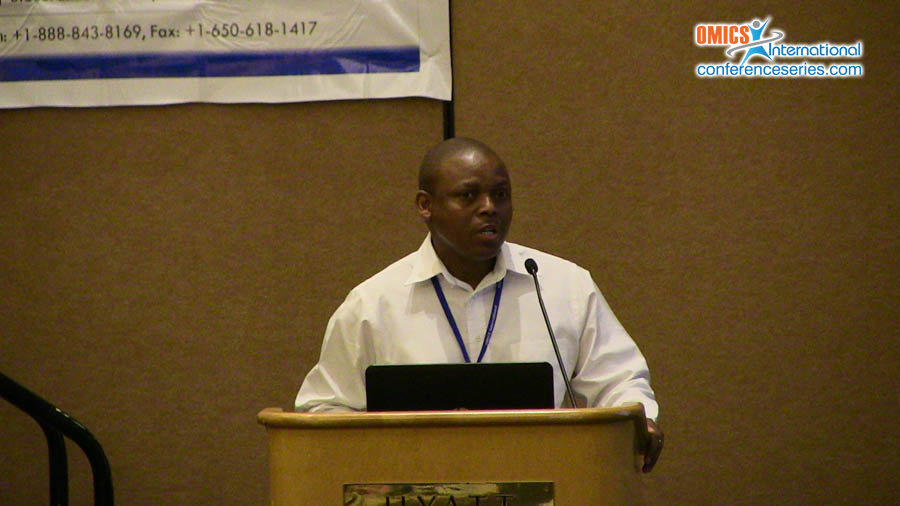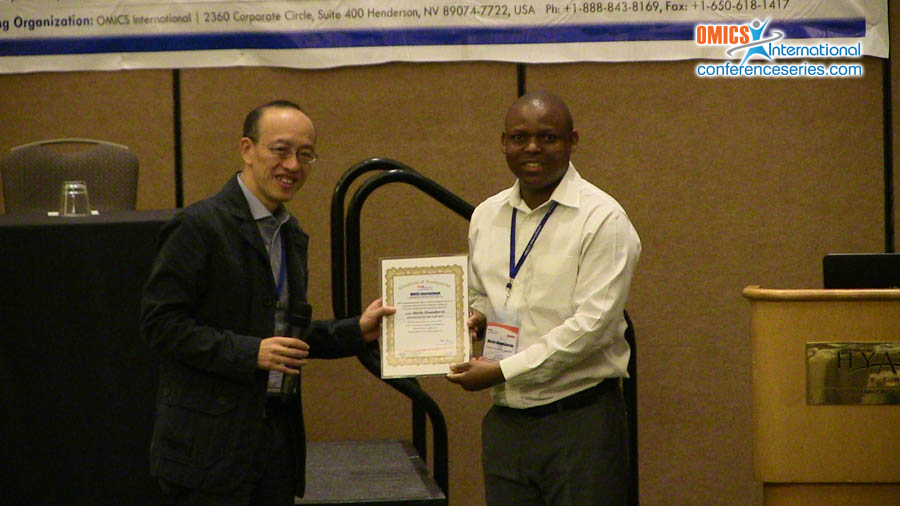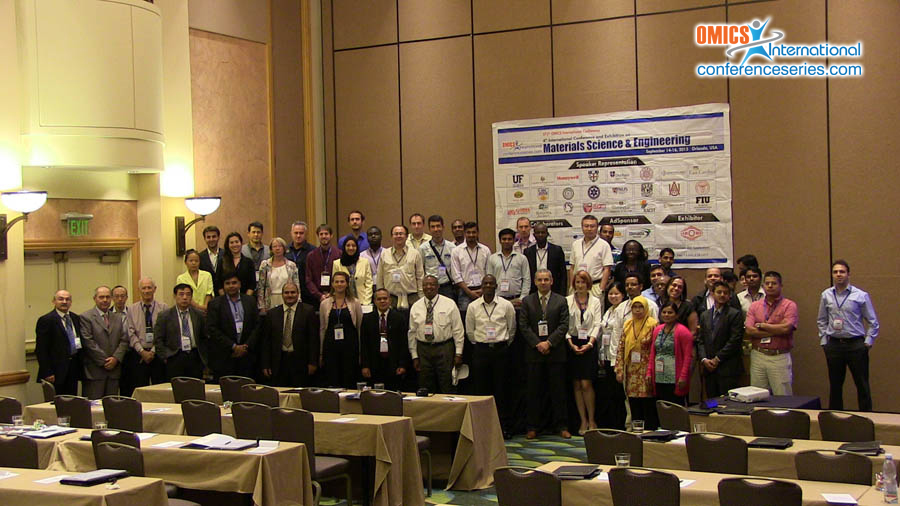
Martin Ntwaeaborwa
University of the Free State, South Africa
Title: Luminescent properties of powder and pulsed laser deposited thin film phosphors and their applications in lighting, phototherapy and solar cells
Biography
Biography: Martin Ntwaeaborwa
Abstract
Phosphors are often used as powders, even though thin films offer higher resolution and better chemical stability. We have investigated structure, cathodoluminescent (CL) and photoluminescent (PL) properties of powders and thin films of several phosphors such as ZnO, CaS:Eu, SrAl2O4:Eu2+,Dy3+; SiO2:Ce3+,Tb3+ and ZnO. The thin films were ablation deposited onto Si (100) substrates using either conventional pulsed laser deposition (PLD) or pulsed reactive crossed beam laser ablation (PRCLA). Several deposition parameters were varied, including vacuum versus partial pressure of gas (O2 or Ar), type of laser pulse, and substrate temperature using excimer lasers. Both the CL and PL intensities were strongly dependent on the deposition conditions and post-deposition annealing. We demonstrated that the photoluminescent (PL) intensity from Ce3+ doped in an amorphous SiO2 matrix was increased by a factor of about ten when five nanometer (5 nm) diameter ZnO was added to the SiO2 matrix. This is unusual since the energy of Ce3+ PL emission (2.7 eV) is larger than that from PL emission from ZnO (2.3 eV). We demonstrated that the energy transfer probably took place by excited electrons moving from Znâ€O antiâ€bonding orbitals to similar orbitals on the Ce3+ with a subsequent radiative relaxation towards the ground state. We also demonstrated enhanced ultraviolet B emission for phototherapy lamp application from Gd3+ in calcium phosphate host. Mechanisms of energy transfer in different phosphors will be discussed. Finally, the use of ZnO nanoparticles to improve the power conversion efficiency of solution processed organic solar cells will be discussed.



